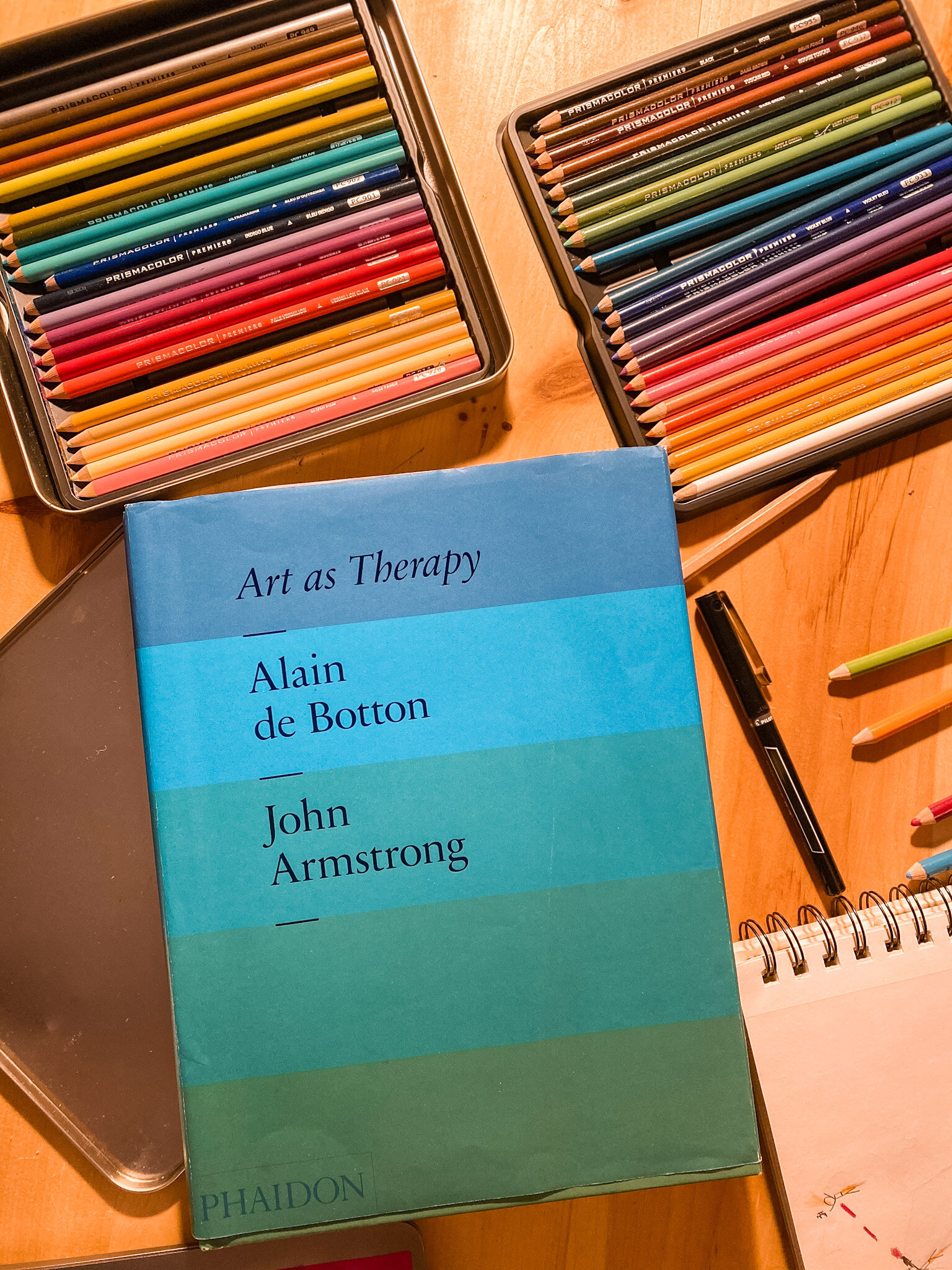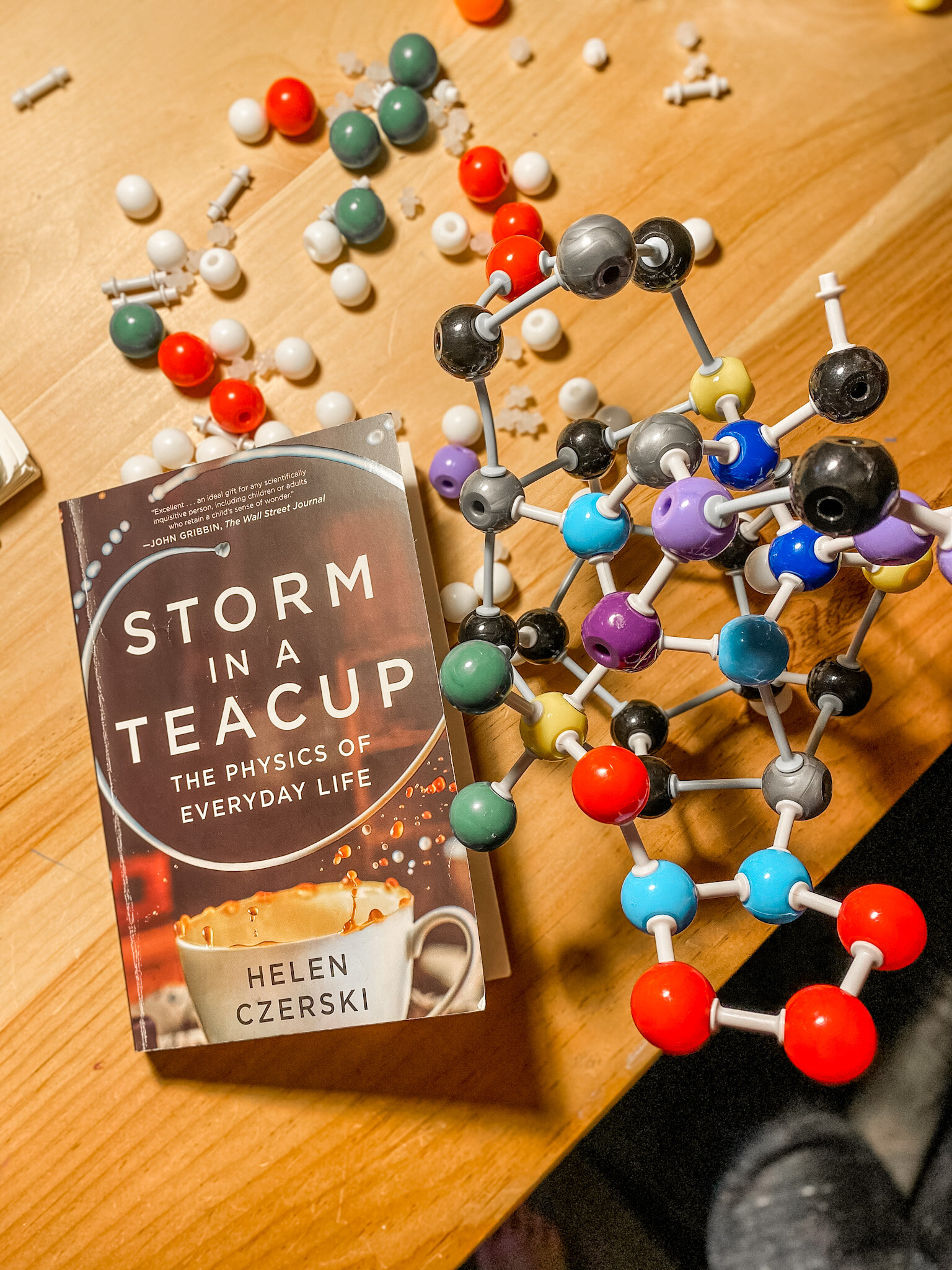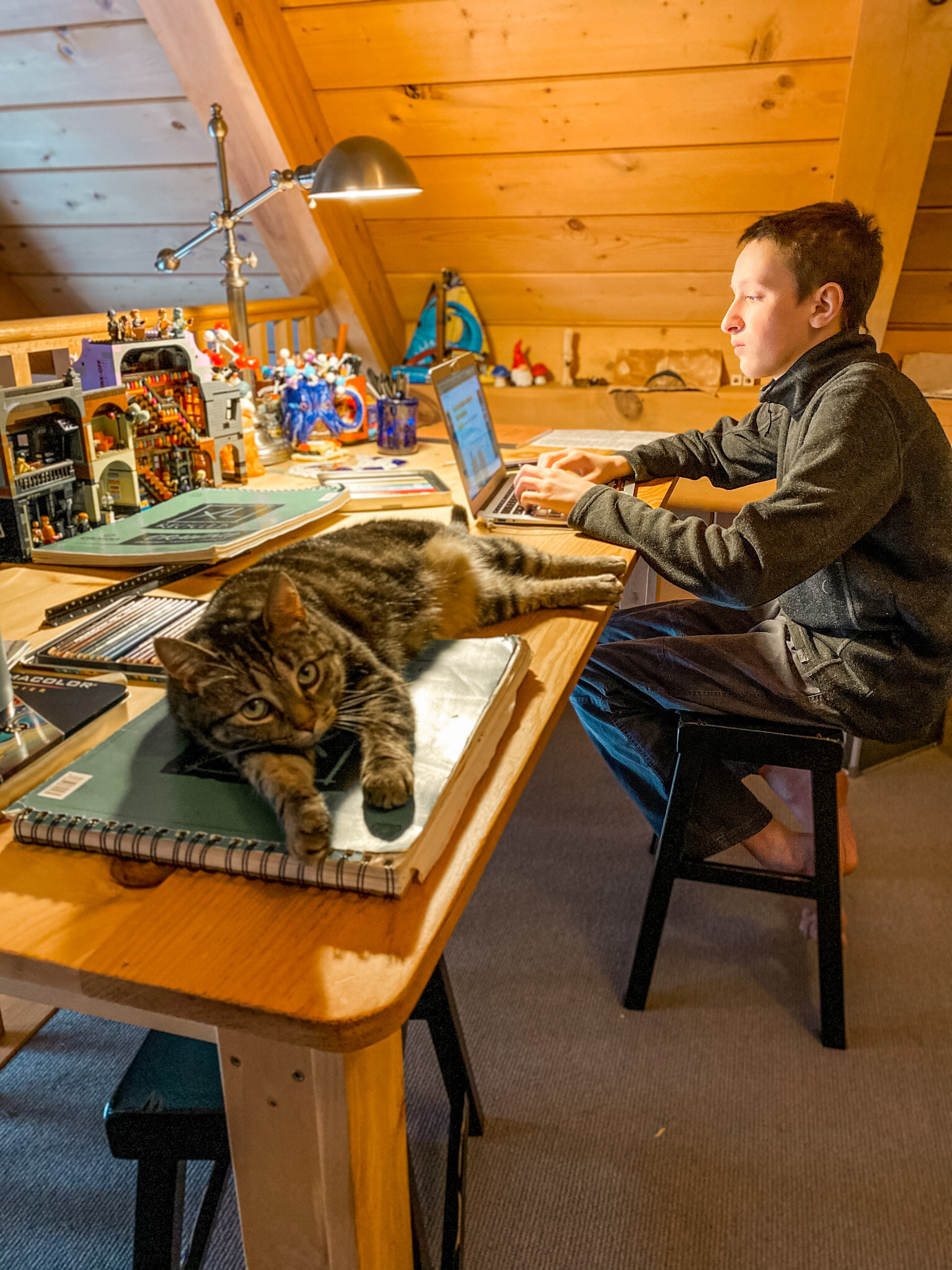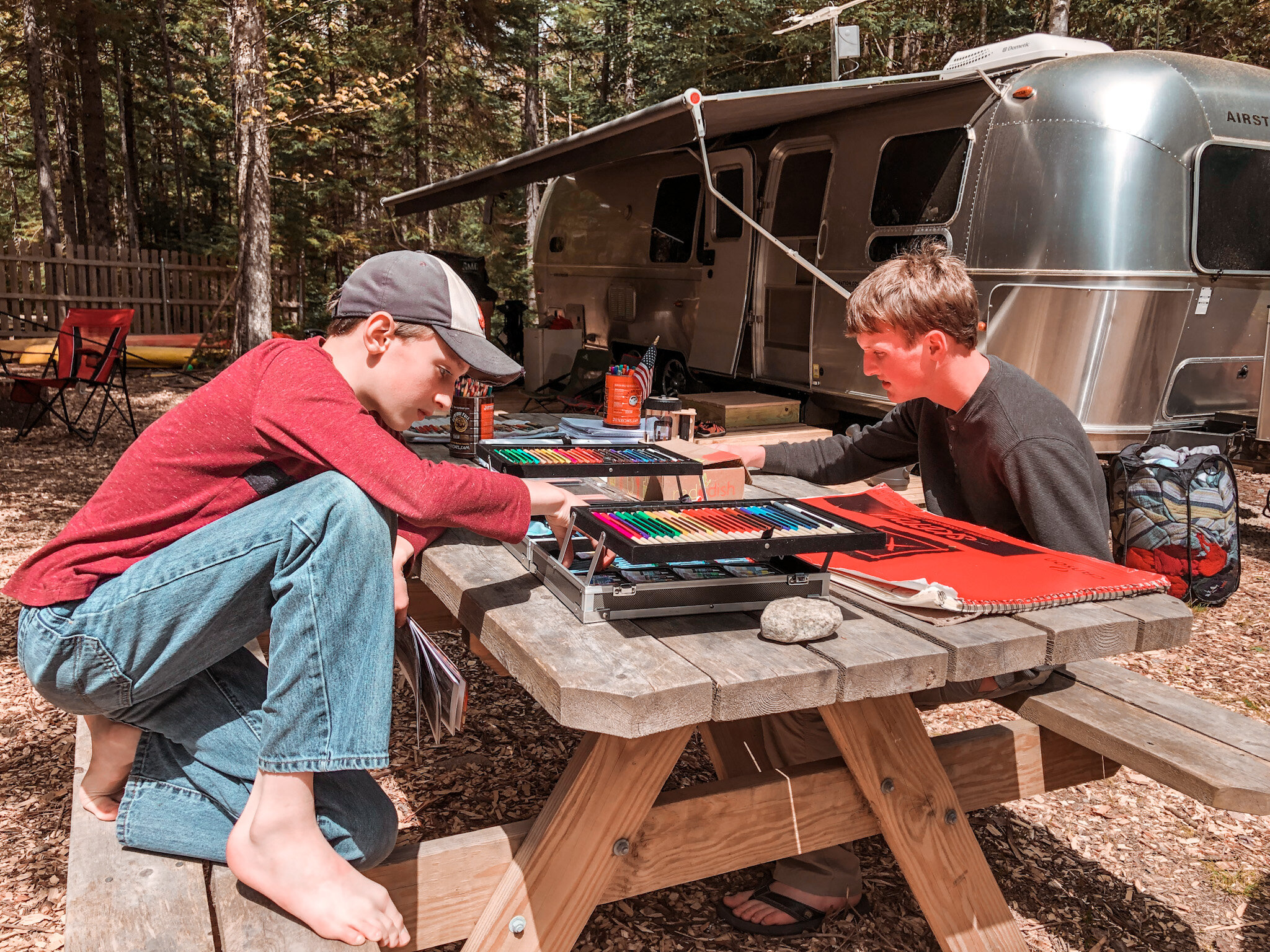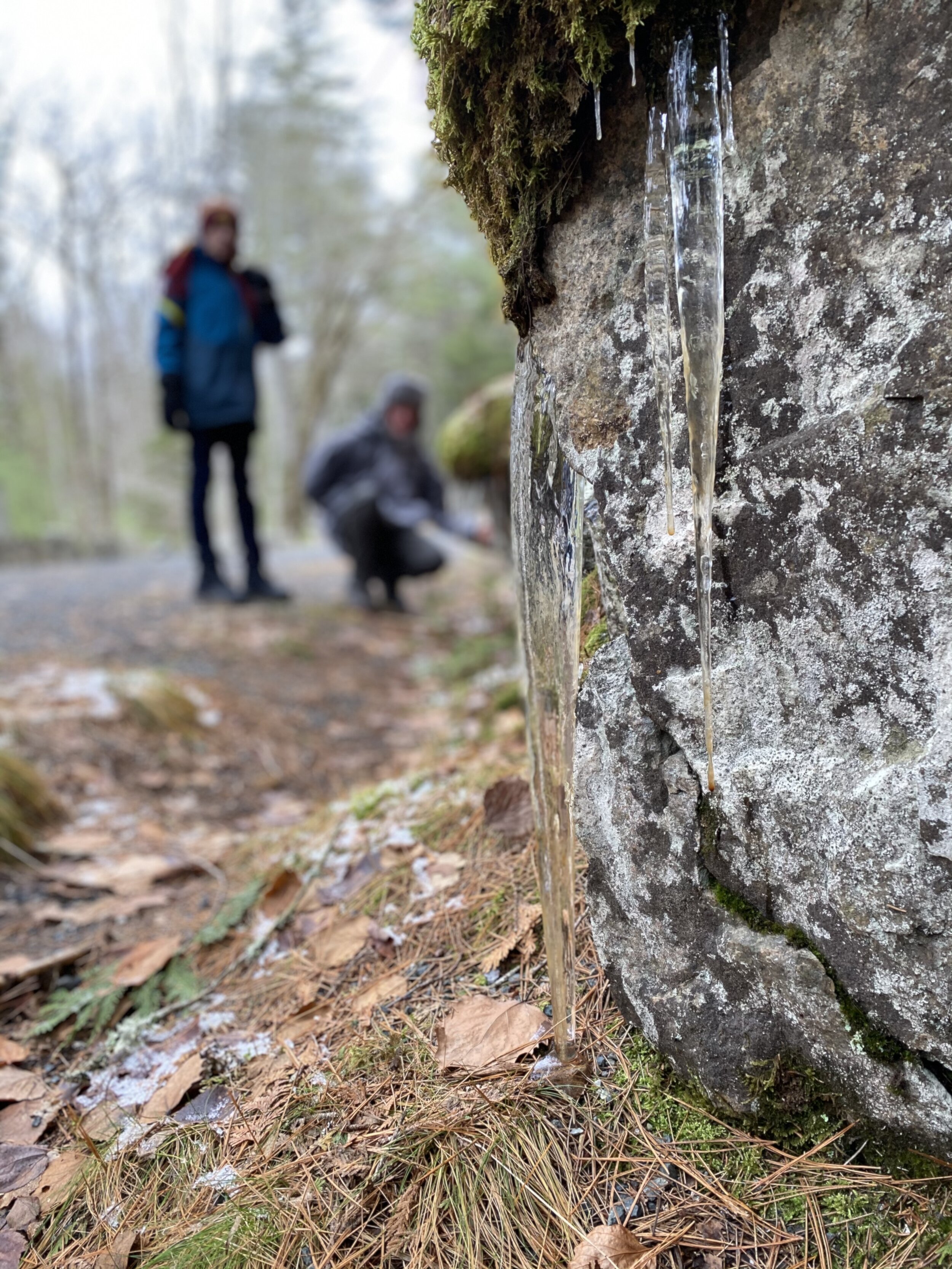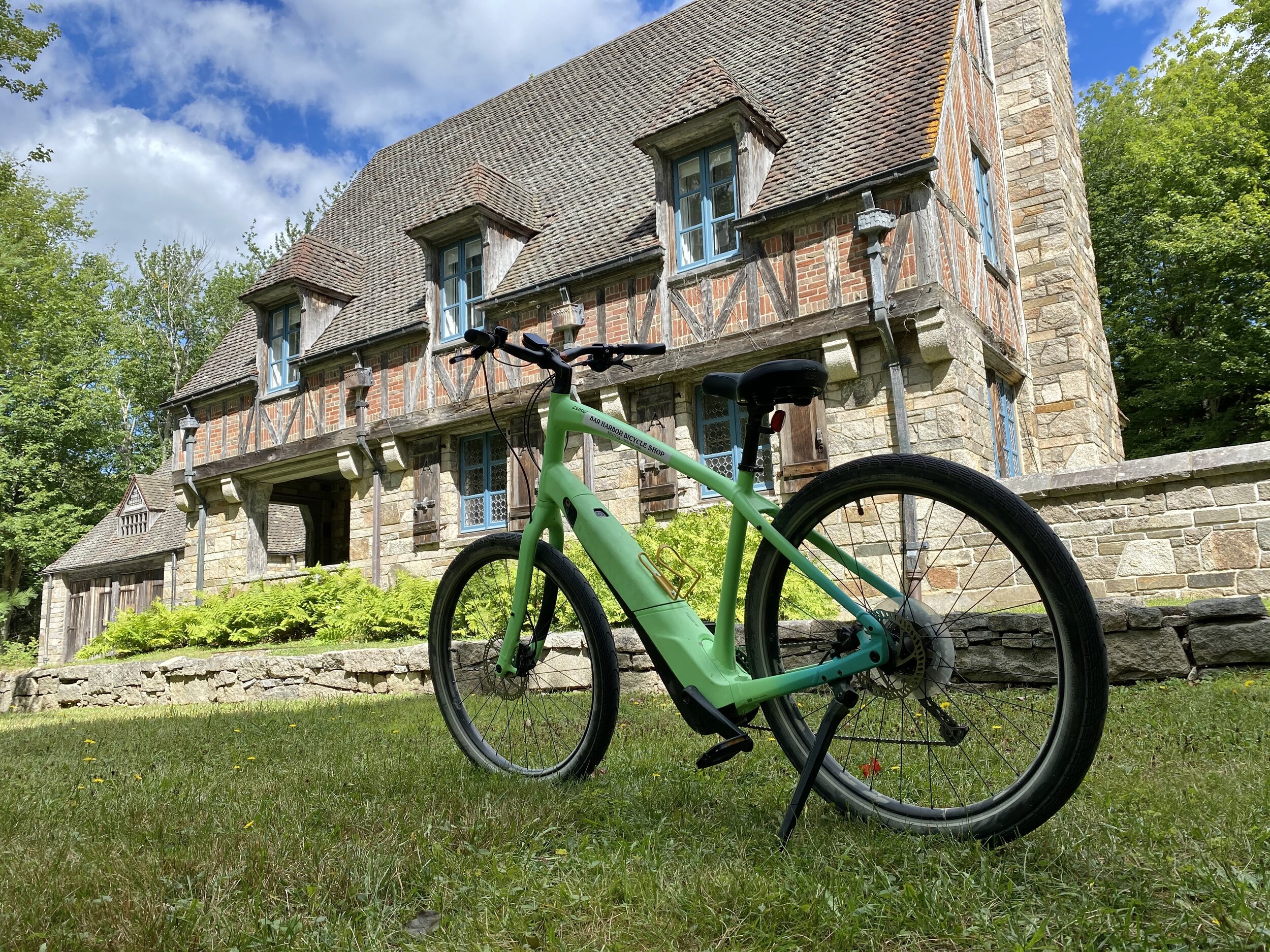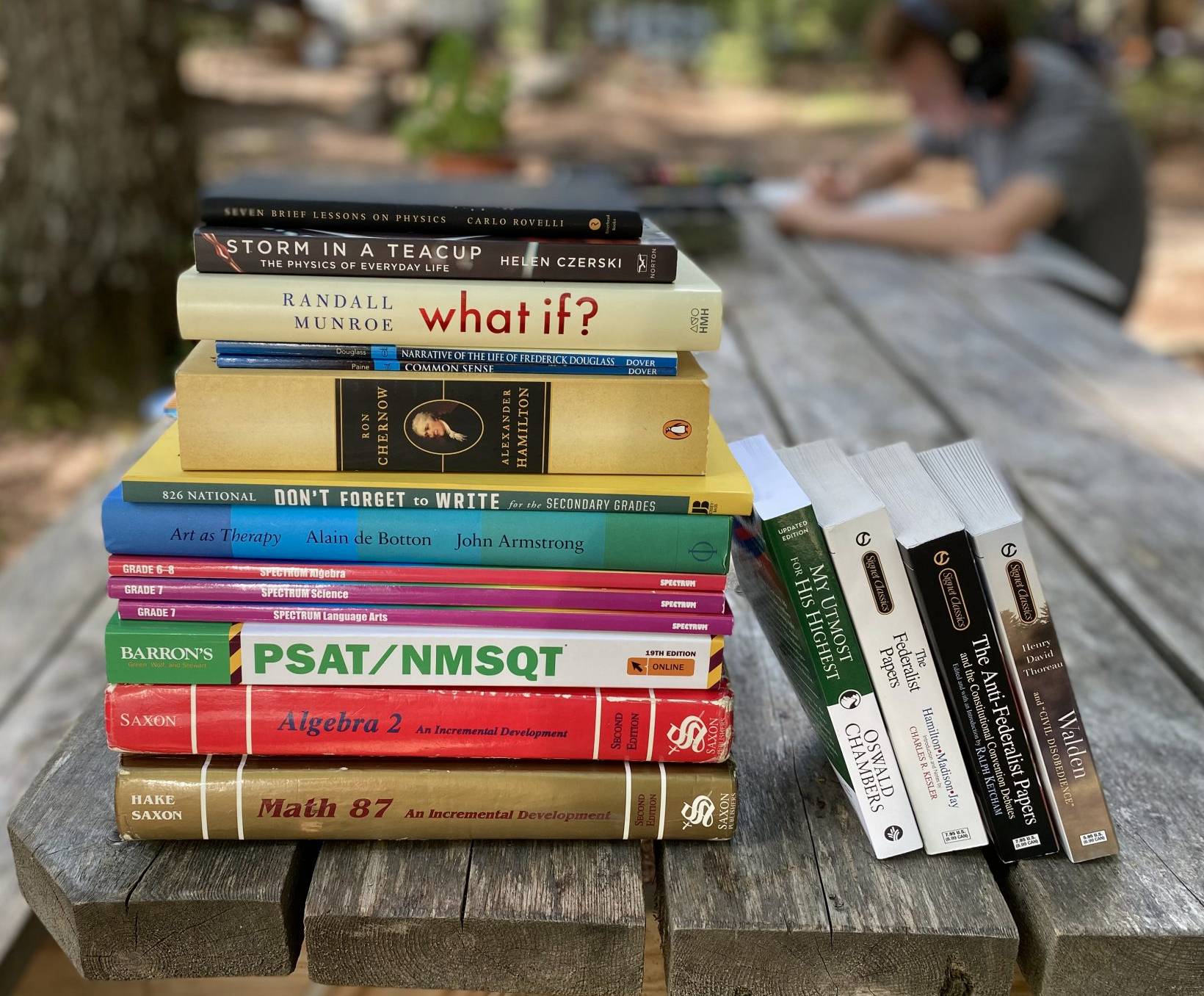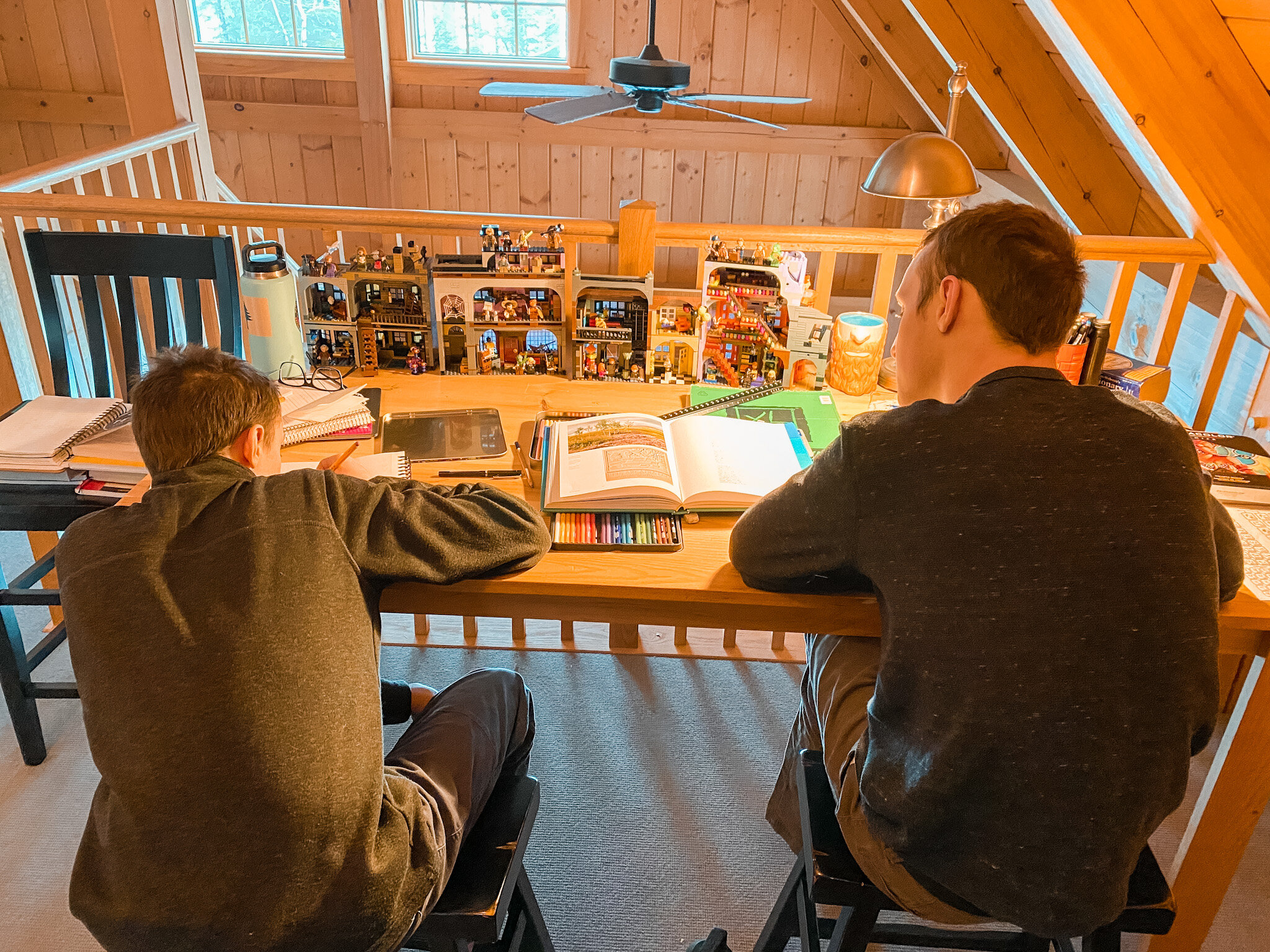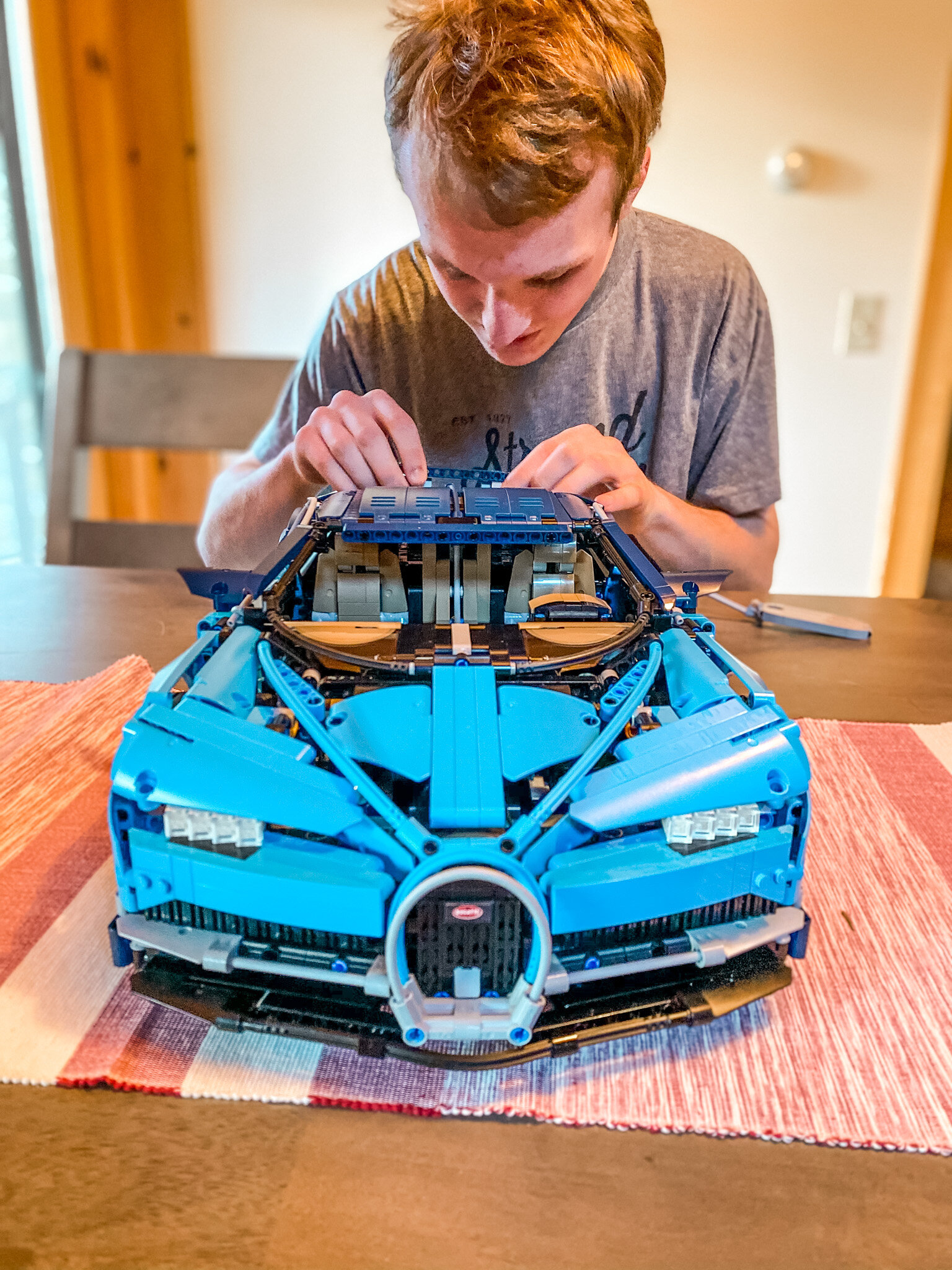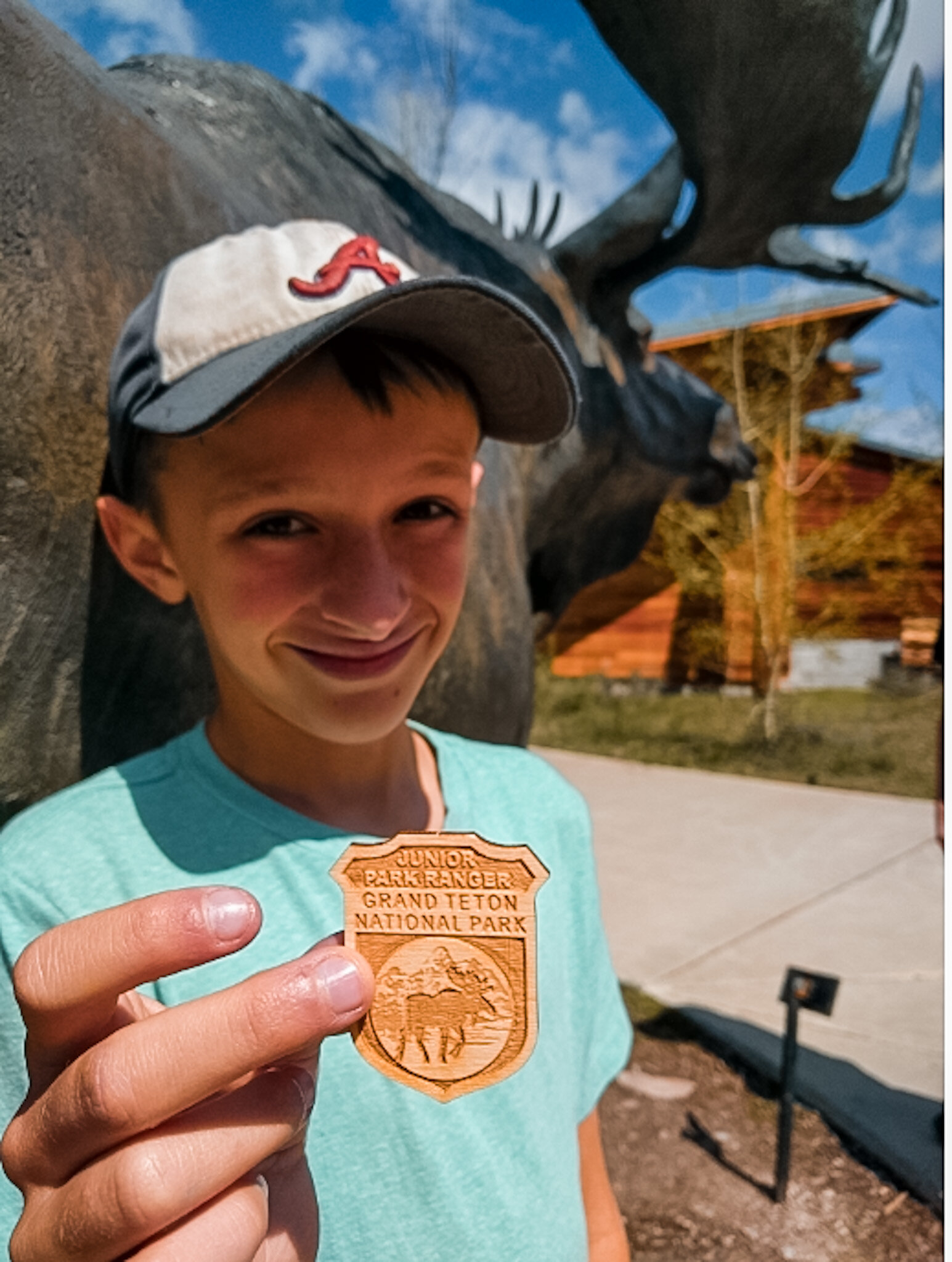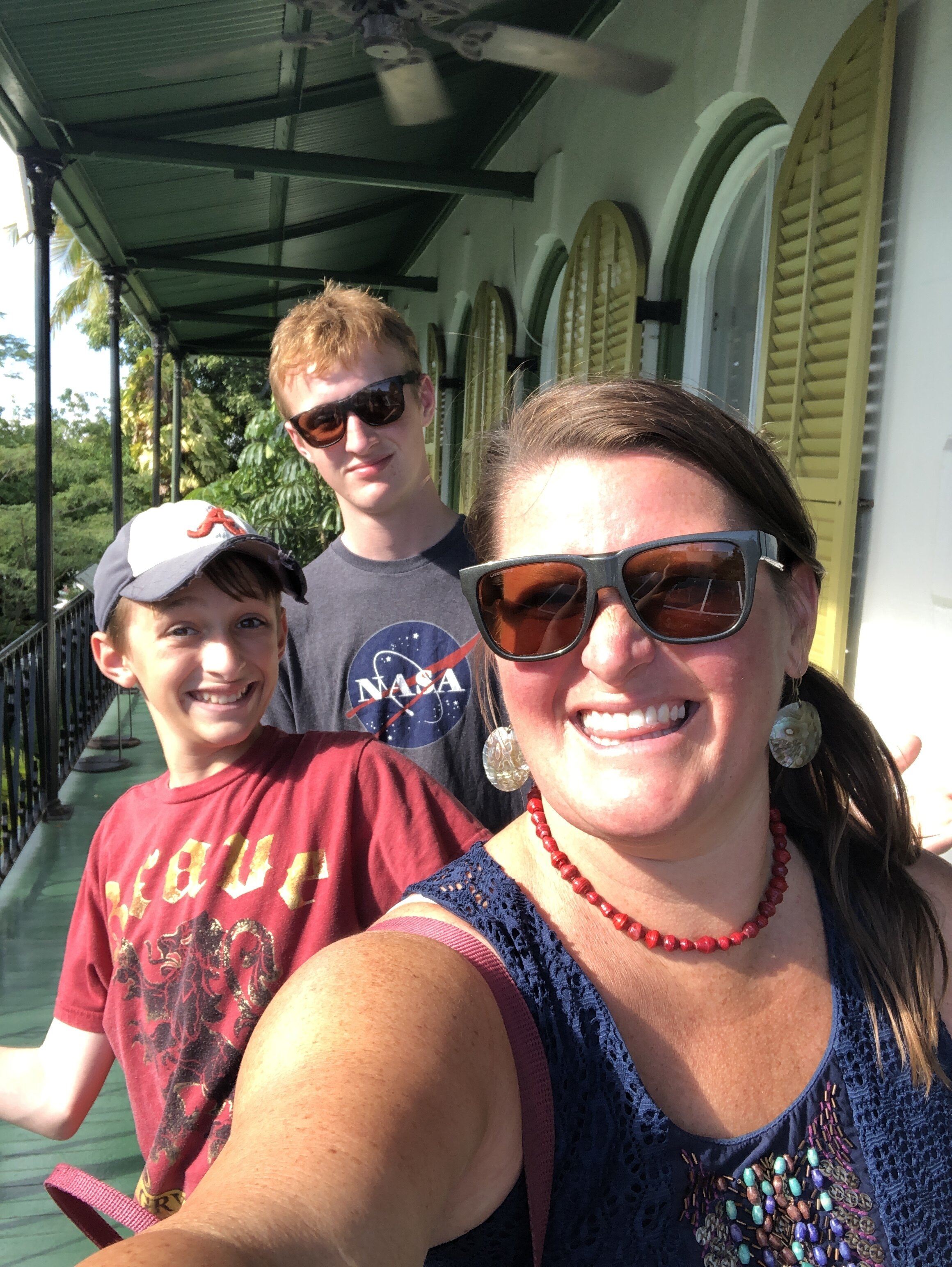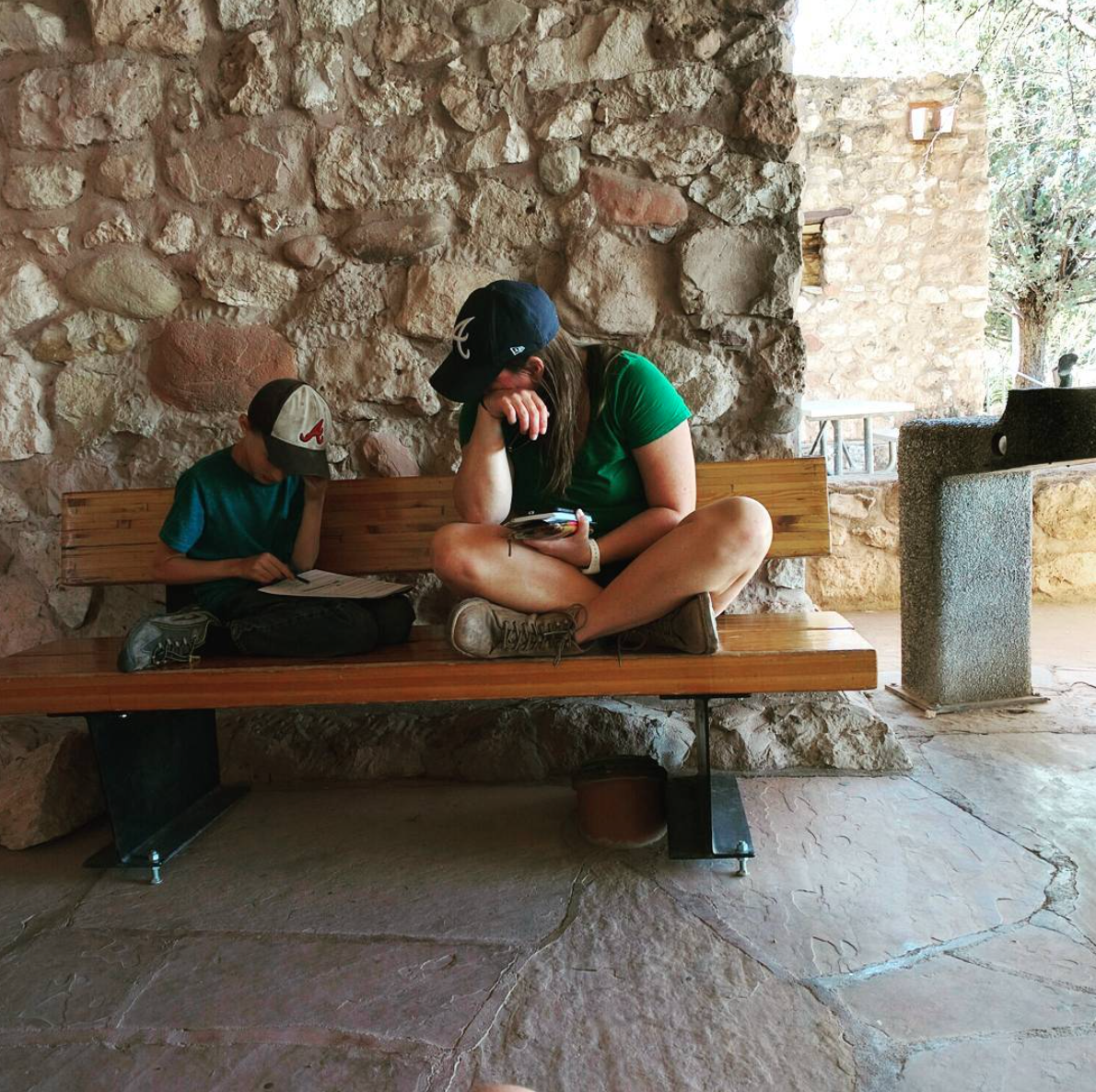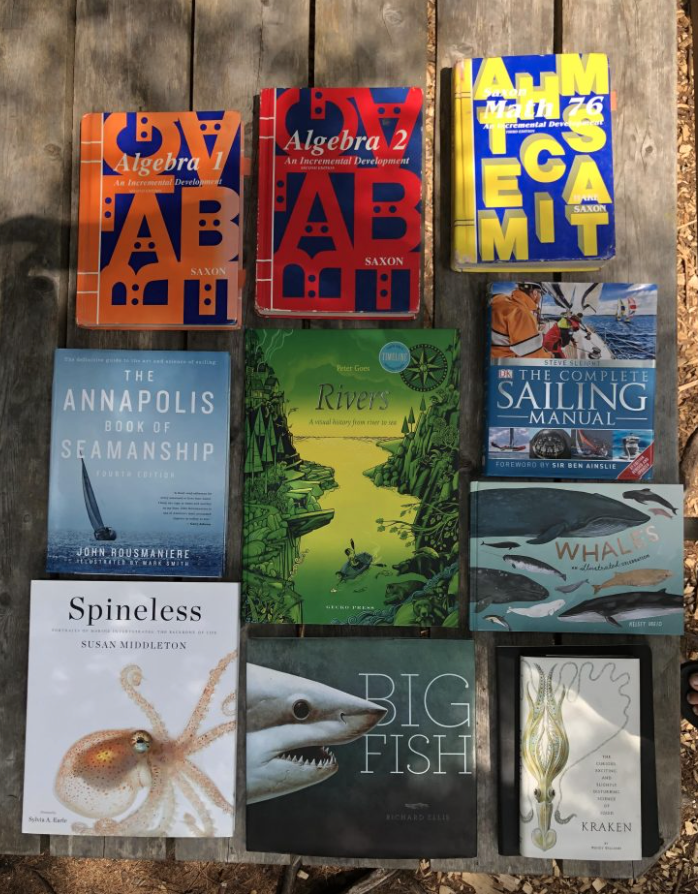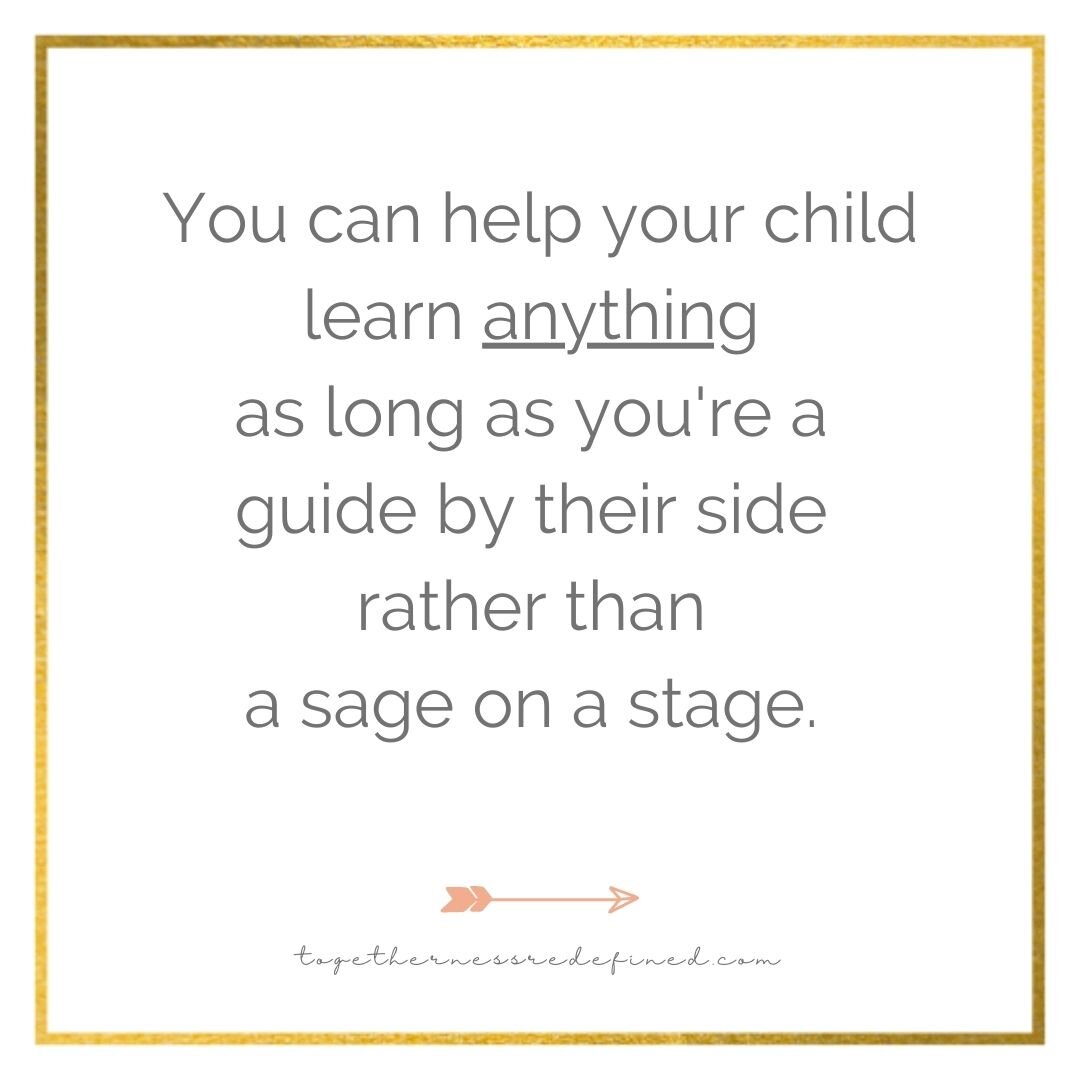The 3-Step Strategy For Successfully Homeschooling Any Subject - Even the Hard Stuff Like Physics, Japanese, Algebra, and More
Homeschooling can be a loaded word. It can evoke fear, self-doubt, or even unnecessary guilt. It can also evoke anger, defensiveness, and confusion. But mostly what I hear from parents when it comes to the topic of homeschooling is a belief that they just can’t see themselves successfully homeschooling any subject - especially the hard stuff like algebra, calculus, physics, Japanese, and more.
I disagree.
Actually, I wholeheartedly disagree even though I would have agreed with them just a few years ago. Here’s why:
I’ve had a lot of success homeschooling over the years, but when my boys told me they really wanted to study Japanese and physics this year, I grew doubtful.
I knew we couldn’t afford pricey online programs or tutors, and I had no idea where to even start learning about those subjects myself.
I knew I couldn’t be their teacher because I didn’t know the subjects, didn’t think I had any resources, and frankly, couldn’t imagine what it would take to tackle the topics successfully. Instead, I decided we’d just have to learn together.
As so many wise women have said to me in the past,
I would need to be their guide on the side instead of their sage on the stage.
Besides, I didn’t start homeschooling because I was an education expert. I didn’t start homeschooling because I don’t believe in traditional education or think it wouldn’t serve my family well. I just started because I had a super wiggly 4-year-old who was ready to learn, who couldn’t sit still in a classroom setting if his life depended on it, and whose spark and spunk I didn’t want to lose to make that happen.
I have so much respect for what teachers do, and when I decided to try homeschooling, I quickly found out that I could never recreate a teacher’s classroom magic at home.
I had to find my own.
Twelve years later, we’re still homeschooling because it’s given my family a chance to travel more, to build deeper relationships with each other, to use all kinds of resources from all kinds of places, and to discover a lifelong love of learning. We’ve studied things I never could have dreamed of on that first day, and this year that even consists of high-level Algebra, literature-based physics, and Japanese.
(The Algebra is being led by the amazing Khan Academy. The physics is more of an exploration than an applied science at this point, but we’ve learned so much about the principles with some stellar books and some help from Mark Rober. And the Japanese is 100% in the hands of my 10th grader and a fun online platform he discovered through his love for Japanese culture - something he’s even helping his little brother learn with an early beginner’s course, too.)
If the past 12 years of homeschooling have taught me anything, it’s that regular parents like me can successfully homeschool ANY subject if you have the right strategy in hand - even the hard stuff.
(And yes, I do mean any parent - I talk about core curriculum standards, state homeschool law requirements, and learning philosophies in a separate post. You can check it out here if you’re interested.)
Here’s my 3-step strategy for successfully homeschooling any subject:
#1 - Gauge (or spark) interest.
What are your kids always asking questions about? What makes them curious? What sends them to YouTube on a mad search for some knowledge? Start there and you can help them take their learning and education anywhere.
I’ll admit when I first heard this advice, I was worried that all my kids would be interested in was Star Wars, video games, and epic fail videos. But research (and my own experience) says that’s almost never the case because even the most passionate video game player gets bored of it and wants to learn something else. So I started slow, letting my boys choose a few extra things to study each year, and now we base our science, history, foreign language, literature, and tech studies solely on what they’re interested in - squeezing it into the standards every year - and it’s been amazing to watch them enter a new level of learning. (I even describe our homeschool as desire-led because of this success.)
But you don’t have to take my word for it. Dig into the research about the Sudbury Valley School or Northstar or any host of schools and models listed in books by Blake Boles and Ken Robinson, and you’ll start to see the gold mine of potential that lies within the desires of your child. (I love this Ted Talk by Ken Robinson and this interview with Blake Boles as a starting point.)
#2 - Cultivate creativity.
When you’re first starting out homeschooling, it’s tempting to buy all kinds of workbooks and try to turn your house into a classroom. That’s exactly what I did - and honestly, it worked pretty well for a while. But as soon as I loosened up and started letting my creativity and the creativity of my kids take over more and more, that’s when the real learning started to happen.
You probably already know that learning is about more than education, knowledge is about more than memorization, and school is more about living things than just reading about them in books. That’s exactly why creativity is the key. (It also makes it so much easier to be flexible when things change or go sideways, too - because things will change and go sideways from time to time.)
Of course, this really came to life for my family when we started traveling full-time around the US and visiting all kinds of national parks, state parks, and places we’d never been before. We used Junior Ranger programs to spark our interest. We stayed in breathtaking spots and saw wildlife we’d only ever seen in photographs. We even got to dip our toe in 49 out of 50 states before it was all said and done - and even spent a few months living on the ocean and oceanschooling, too.
But I don’t believe you have to travel full-time to cultivate creativity and successfully homeschool. Instead, you can learn from places, people, and things that are around you no matter where you are - and you can go ANYWHERE in the pages of a good book or two, especially when that book is read aloud or listened to on Audible. (For more about that, get your hands on a copy of The Read-Aloud Family by Sarah Mackenzie - a book that has revolutionized my homeschool for the better again and again.)
#3 - Gather resources.
I felt guilty about it at the time, but now I love telling people that I literally started homeschooling with $50 and one trip to Barnes and Noble. Admittedly, I spend 4-5 times that each year now (sometimes more), but I approach homeschool preparation the same way each year - invest some time and money into a few good resources, find loads of free stuff, too, and get ready to go anywhere and help those kids learn anything.
This looks different in my house each year. Sometimes we focus more on science and other times it’s math or history or literature or geography, but we always invest in plenty of books we can read aloud together and chat about, and that serves as the largest part of our curriculum. When testing reveals a weakness in a particular area, we reach out to Khan Academy or Outschool or a teacher friend for help. When we aren’t sure we’re doing enough, we check the common core requirements and our state’s homeschool law. But mostly, we just read, talk, explore, and discover together.
And don’t forget to get outside every day, too - that’s where the real learning happens (and nature therapy helps mamas in all sorts of ways, too).
And remember:
Want to learn more about successfully homeschooling even the hardest subjects?
Check out these posts for more info:
And you can always hop into the email group and shoot me a question - I love talking homeschool!
Or, if you’d like some one-on-one help, take a look at my Work With Me page and book a discovery call so we can explore how I can answer your questions.


